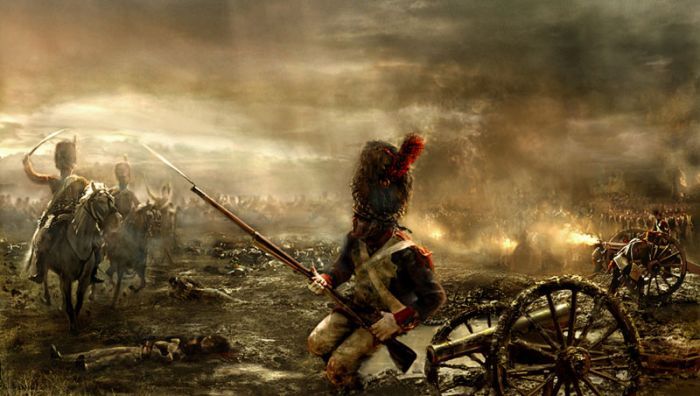Military Paintings
|
The first example of modernism in painting was impressionism, a school of painting that initially focused on work done, not in studios, but outdoors (en plein air). Impressionist paintings demonstrated that human beings do not see objects, but instead see light itself. The school gathered adherents despite internal divisions among its leading practitioners, and became increasingly influential. Initially rejected from the most important commercial show of the time, the government-sponsored Paris Salon, the Impressionists organized yearly group exhibitions in commercial venues during the 1870s and 1880s, timing them to coincide with the official Salon. A significant event of 1863 was the Salon des Refusés, created by Emperor Napoleon III to display all of the paintings rejected by the Paris Salon. While most were in standard styles, but by inferior artists, the work of Manet attracted tremendous attention, and opened commercial doors to the movement.
Abstract styles
Abstract painting uses a visual language of form, color and line to create a composition which may exist with a degree of independence from visual references in the world. Abstract expressionism was an American post-World War II art movement which had a combination of the emotional intensity and self-denial of the German Expressionists with the anti-figurative aesthetic of the European abstract schools such as Futurism, the Bauhaus and Synthetic Cubism and the image of being rebellious, anarchic, highly idiosyncratic and, some feel, nihilistic.
|
|















